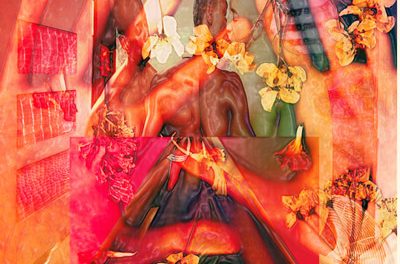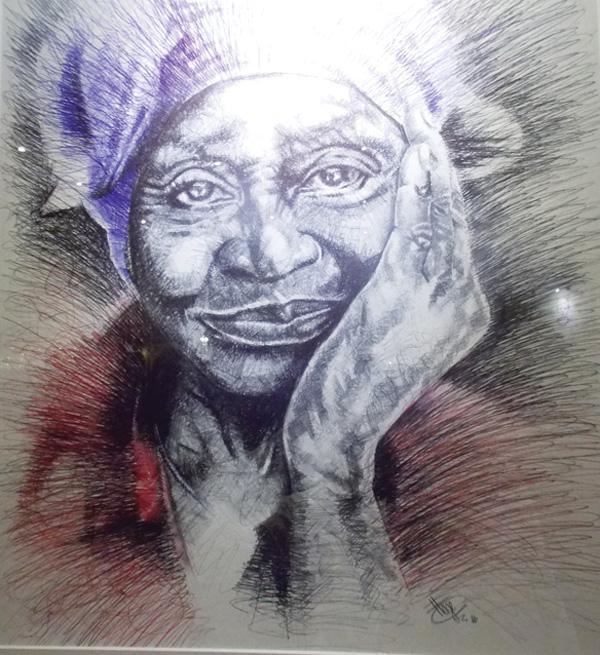
Film Review – John Carter
Venue: Ster-Kinekor, Maerua Mall
Director: Andrew Stanton
Screenplay: Andrew Stanton; Mark
Players: Taylor Kitsch, Lynn Collins, Willem Dafoe; Thomas Haden Church; Dominic West; Samantha Morton; Polly Walker; Ciaran Hind
Genre: fantasy; science fiction; adventure
Rating: **½
It was difficult not to be mesmerised by the credits of this film, as hundreds of names scrolled upwards for a prolonged period, accompanied by the vivacious screech of violins. It seemed a presage of doom for the film, since not even Titanic could have remained buoyant, weighted down as this was with so many contributors. It therefore comes as little surprise that, within 24 hours of seeing it in Windhoek, Walt Disney has announced a $200million dollar loss on this film. It is not all bad news, as I hope this review will show. However, most people want the bad news first: so be it.
It is designed to be an epic on a grand scale. Epics, however, must be larger than life to be successful – in every aspect. John Carter, unfortunately, is played by an actor (Kitsch) nobody has heard of and subordinate roles are taken by a host of British actors, most of whom have spent most of their working lives doing mini-series for BBC television. The plot line offers absolutely nothing that has not been done to death before: two or three separate communities on Mars battle it out, while one city-state, Zodaga, aims for hegemony, amid whispers of the interference of the Gods and a triumvirate of sedate senior citizens in togas who seem to be immortal and are really directing destiny from the wings. John Carter does so much fighting and grovelling in the dusty planetary surface that the actor is probably in intensive care in some rest home, nurturing whiplash, broken bones, innumerable bruises, and permanent injuries to most parts of his torso.
Without wishing to sound like a shopping list of grievances about this film, I must go further to say that the screenplay was trivial, even ridiculous in parts and this did not help the ensemble of unknown and indifferent actors who were wooden at best. The love story was slow to start and, in typical Walt Disney fashion, was so without passion that I think the original Disney cartoon Snow White offered more erotic excitement. Since John Carter was greasy and grubby for most of the film, most of us would have been slow to ignite in response to his charms. The plot line did sag in parts and the undue length of the film (in excess of two hours) did not help either. There is no doubt that Stanton’s approach to Edgar Rice Burrough’s serialised magazine story of 1912 (A Princess of Mars) was self-indulgent. The plot line was not helped by a barrage of strange names, some of which were similar, so that it was virtually impossible to have a clear notion of face, name, and character for the epic-style tapestry of characters which float in and out of the film. Carter’s name was the easiest to identify. Even Mars had another name – Barsoom – which probably did not sound silly in 1912 but is definitely clunky in 2012.
However, if I think of The Green Lantern, which worked on an equally silly premise, the Disney mistake was probably the huge budget to support such trivia. Not everybody has damned the film – and I do not intend to either. The settings were absolutely spectacular and the computer-generated effects were inarguably first class. I suspect it was this aspect of the film which ran away with the budget. Fantasy is given full throttle in the imaginative conceptions of Zodaga and Helium, city states on the Martian surface.
There was also some spectacular photography, particularly the initial scenes on Earth, before Carter is teleported to Mars. New York in 1881 was pouring with rain and moodily captured with a plethora of black umbrellas, bobbing and nudging each other on city pavements. Nephew Edgar Burroughs responds to a telegram and visits a lawyer to learn that he has inherited his uncle’s estate and his vast wealth: most of it is in trust for the following 25 years. Burroughs is a nice but nerdy young man whose immediate response is ‘Why me?’ He learns the answer to that question when he sits down to read his uncle’s journals and then audience is teleported to the Martian surface with him and the fantasy begins. John Carter appeared to be banging around Utah, searching for a cave of gold, so the spectacular rocky, mountainous surface of Mars, with its famous red dust seems an easy transition.
John Carter is a born fighter. He was on Earth and seems chosen by Destiny to offer the same service on Mars. Princess Dejah (Collins) claims that their salvation lies with ‘The heart of a man willing to fight for others.’ He eventually commits to fight for the freedom of Helium, the last city state which has not been overpowered by Zodunga. He defies the prophecies of Matai Shang (Strong) who boasts that ‘We don’t cause the destruction of the world’;we merely manage it.’
There are some superb scenes: Carter is trapped in a subterranean maze of passages and is guarded by Woola, a loveable creature which seems a cross between a hippopotamus and an overweight bulldog – in miniature. Carter does a gladiatorial stunt in the arena, while a thousand Tharks yell for his blood, and emerges victorious after a fight with two enormous white apes – imagine King Kong with white acrylic fur as midgets.
Kitsch has allegedly defended the film, arguing that ‘The great white ape scene is worth the price of admission alone’. And he may be right. For sci-fi enthusiasts hooked on special effects, this film has much to offer. Edgar Rioce Burroughs wrote his story in Utah in 1912: at that time mysterious Mars seemed the outer limits of the universe but within the human grasp.










































